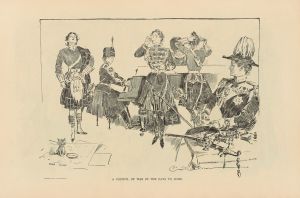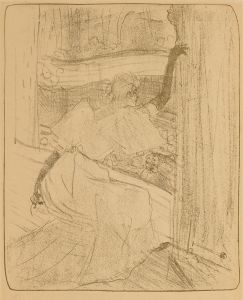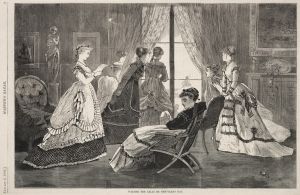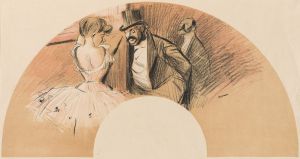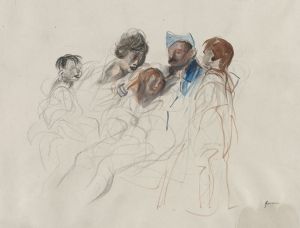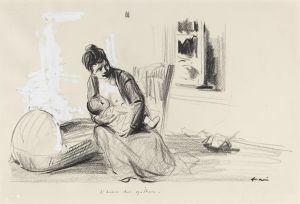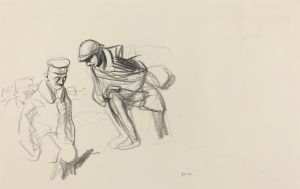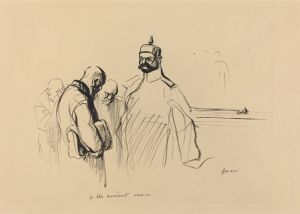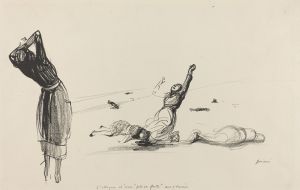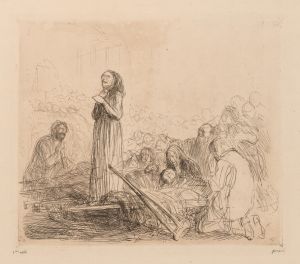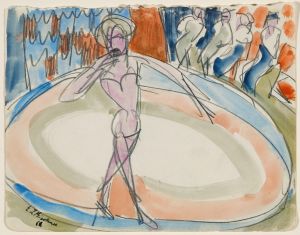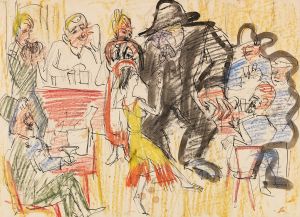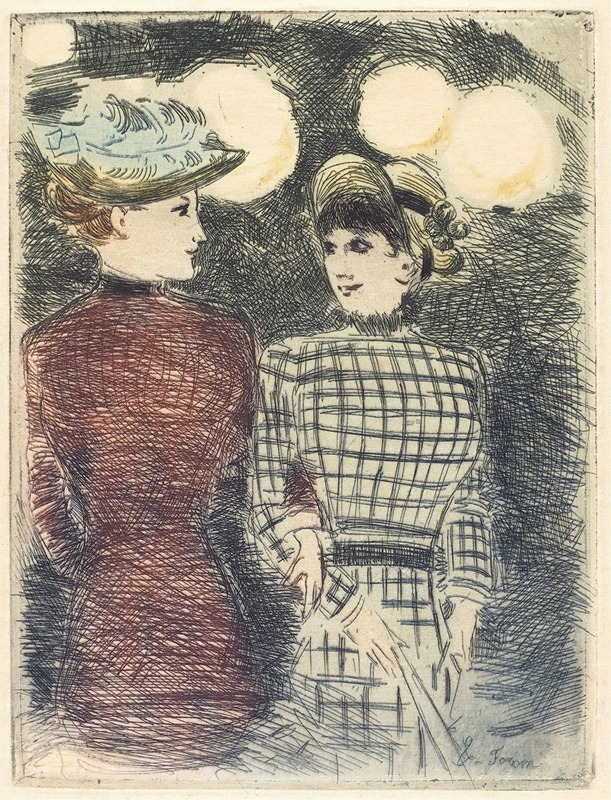
To Bullier’s
A hand-painted replica of Jean-Louis Forain’s masterpiece To Bullier’s, meticulously crafted by professional artists to capture the true essence of the original. Each piece is created with museum-quality canvas and rare mineral pigments, carefully painted by experienced artists with delicate brushstrokes and rich, layered colors to perfectly recreate the texture of the original artwork. Unlike machine-printed reproductions, this hand-painted version brings the painting to life, infused with the artist’s emotions and skill in every stroke. Whether for personal collection or home decoration, it instantly elevates the artistic atmosphere of any space.
Jean-Louis Forain (1852–1931) was a French painter, illustrator, and printmaker associated with the Impressionist and later Symbolist movements. His work often depicted scenes of Parisian life, capturing the social dynamics and atmosphere of the late 19th and early 20th centuries. One of his notable works is "To Bullier’s" (original French title: "Au Bullier"), a painting that reflects his interest in urban leisure and the cultural life of Paris.
"To Bullier’s" portrays a scene at the Bullier Ball, a popular dance hall in Paris during the 19th century. Located in the Latin Quarter, the Bullier Ball was a lively venue frequented by students, artists, and members of the working class. It was known for its vibrant atmosphere and served as a gathering place for people from various social backgrounds. Forain’s painting captures the energy and movement of the crowd, emphasizing the social interactions and the festive spirit of the setting.
The composition of "To Bullier’s" demonstrates Forain’s skill in depicting human figures and his ability to convey a sense of immediacy. The artist uses loose, dynamic brushstrokes and a muted color palette, characteristic of his Impressionist influences. The figures in the painting are rendered with a sense of spontaneity, reflecting the fleeting moments of urban life that Forain sought to capture in his work.
Forain’s artistic style evolved over time, and "To Bullier’s" represents a period when he was deeply influenced by the Impressionist movement, particularly the works of Edgar Degas. Like Degas, Forain often focused on scenes of modern life, exploring themes of leisure, entertainment, and social interaction. However, Forain’s work also exhibits a satirical edge, as he frequently critiqued the social norms and behaviors of his time.
"To Bullier’s" is an example of Forain’s ability to blend observation with artistic expression, creating a vivid portrayal of Parisian culture. The painting not only serves as a visual record of a specific location and activity but also reflects the broader social and cultural currents of the era. Today, Forain’s works, including "To Bullier’s," are appreciated for their historical significance and their contribution to the development of modern art.
Further details about the specific location of "To Bullier’s" or its current ownership are not widely documented. However, the painting remains an important example of Forain’s exploration of Parisian life and his engagement with the artistic movements of his time.





